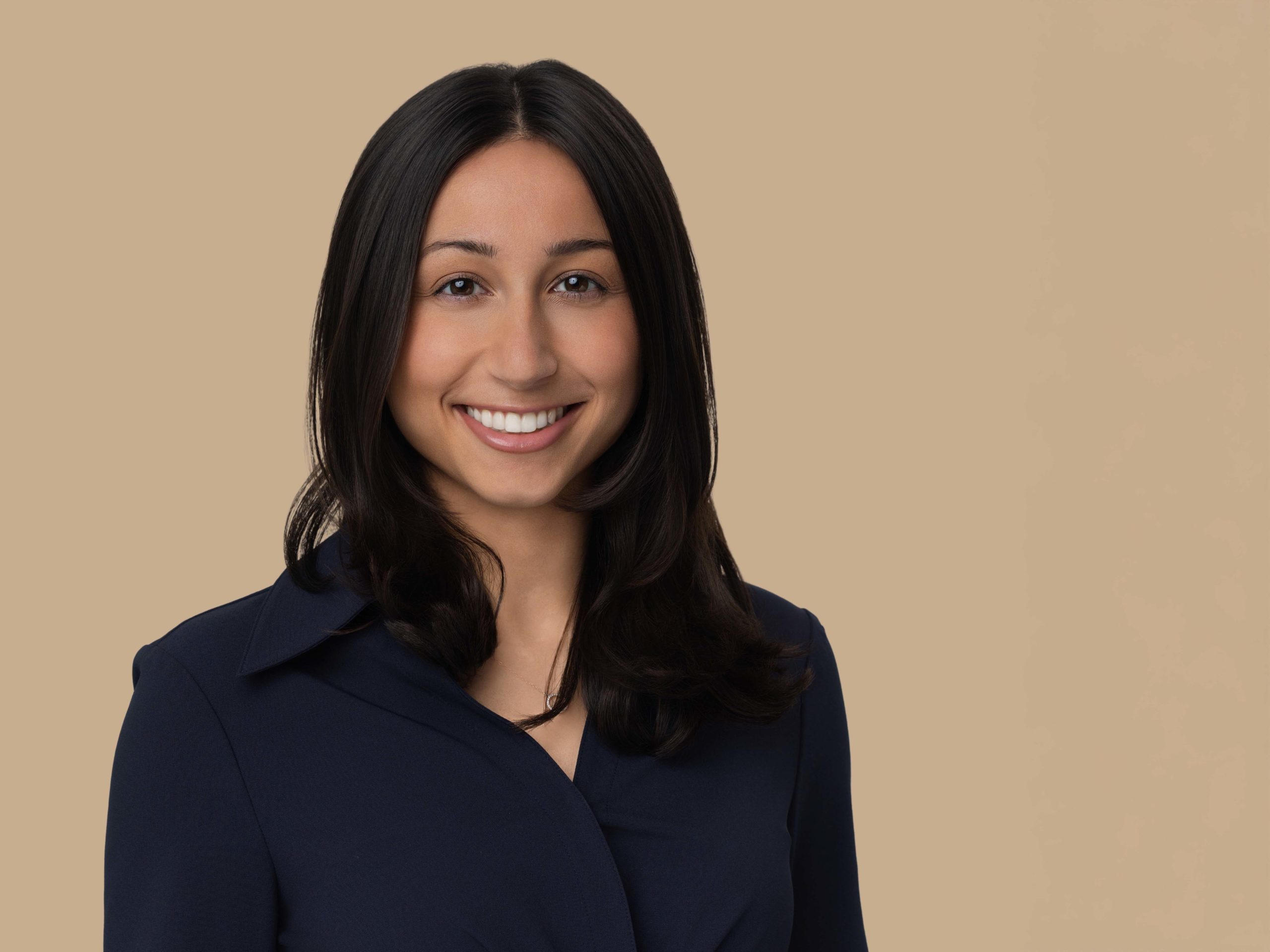
What to Wear (and What to Avoid) for Headshots in Dallas
Introduction
Your headshot is more than a picture — it’s your professional handshake, your introduction before you even speak. In a business-driven, style-savvy city like Dallas, that means the clothes you wear aren’t just an afterthought. They directly influence how trustworthy, competent, and approachable you appear.
I’ve photographed hundreds of clients, from CEOs to actors to entrepreneurs, and I can tell you with absolute certainty — choosing the right outfit is one of the biggest factors in whether your headshot works for you or against you. This guide will walk you through how to pick clothing that enhances your image, avoids common mistakes, and matches the purpose of your session.
Why Your Outfit Matters in a Headshot
When people look at your headshot, they form opinions about you in less than a second. Clothing plays a huge role in shaping those snap judgments.
If you’re going for a corporate headshot in Dallas, a structured blazer and clean lines send a clear message: professional, detail-oriented, and dependable. For actors’ headshots, the wardrobe needs to be versatile and neutral so casting directors focus on your expression, not your shirt pattern. And if you’re a creative entrepreneur, a touch of personality in your clothing can signal that you’re innovative without seeming unprofessional.
Your outfit isn’t the star — you are. The right clothing acts like a frame on a portrait: subtle, complementary, and designed to draw attention to your face.
Choosing Colors That Flatter You on Camera
Dallas lighting — whether from golden hour sunlight or in-studio strobes — can dramatically affect how colors look. That’s why the color you choose is just as important as the style of your outfit.
- Deep, rich jewel tones like emerald green, navy, and burgundy tend to be universally flattering because they provide contrast without overpowering your skin tone.
- Classic neutrals such as charcoal, cream, and navy keep the focus on your face and won’t date your photo.
On the other hand, neon colors can reflect onto your skin, creating unnatural tones, while pure white tops can wash you out unless paired with a blazer or jacket. Busy prints can pull the viewer’s eye away from your expression — and that’s where you want attention to stay.
Patterns, Textures, and Necklines — The Subtle Details That Matter
These elements might seem small, but they can make or break your image:
Patterns
Subtle patterns can add depth to a headshot without distracting from your face. For example, a fine pinstripe shirt under a solid blazer can look sharp. Large or loud patterns, however, will dominate the frame and compete with your eyes for attention.
Textures
Textures like knit, silk, or matte cotton photograph beautifully because they absorb light softly. Shiny fabrics like satin or polyester can create glare and pull focus away from you.
Necklines
A flattering neckline shapes how the viewer’s eye moves toward your face. A V-neck can elongate your neck, while a crew neck feels more casual and approachable. Turtlenecks can work in creative headshots, but they often shorten the neck visually and should be chosen with caution.
Match Your Outfit to Your Industry
Your headshot should match the expectations of your target audience.
Corporate and LinkedIn Profiles:
A structured blazer, a pressed shirt, and a minimal necklace or tie will signal competence. Think of how you’d dress for a first meeting with your biggest client — that’s the standard here.
Actor Headshots:
Your clothing should be neutral and fitted, letting your expressions tell the story. Layers like jackets or scarves can help create variety without a wardrobe change.
Creative Entrepreneurs:
This is where you can show a hint of personal style — maybe a textured sweater, statement glasses, or a subtle patterned blazer. Still, make sure nothing pulls focus from your eyes.
Grooming and Accessory Tips
No matter what you wear, grooming is the finishing touch that polishes your image.
- Hair: Style it in a way you normally would for an important meeting. Avoid drastic changes right before the shoot.
- Makeup: Keep it natural and photo-ready. Heavy contouring can look harsh in professional lighting.
- Accessories: Keep jewelry small and simple. Large statement pieces might look trendy now, but they can date your headshot quickly.
Conclusion
Your headshot outfit is a silent storyteller. It can project authority, warmth, creativity — or it can unintentionally send the wrong message. By choosing colors that flatter, avoiding visual distractions, and matching your clothing to your industry, you’ll set yourself up for a headshot that works for you, not against you.
If you’re ready to capture your best side in a professional setting, I’d love to help you bring your vision to life. Book your Dallas headshot session today and let’s create an image that truly reflects who you are.
